Scratching is a natural behaviour for all cats but some breeds are more prone to scratching furniture and carpets than others.
Scratching is something cats do to maintain their claws, mark territory, and relieve boredom.
Cat breeds that are calmer tend to be easier to manage when it comes to unwanted or destructive scratching behaviours.
While all breeds will exhibit scratching behaviours to some extent, the breeds listed below are less prone to aggressive scratching.
These breeds tend to scratch furniture to a lesser degree and are easier to manage than other cat breeds.
Contents
1. Ragdolls
Ragdolls are considered among the most docile of all the cat breeds, they are known for being laidback, snuggly, and affectionate.
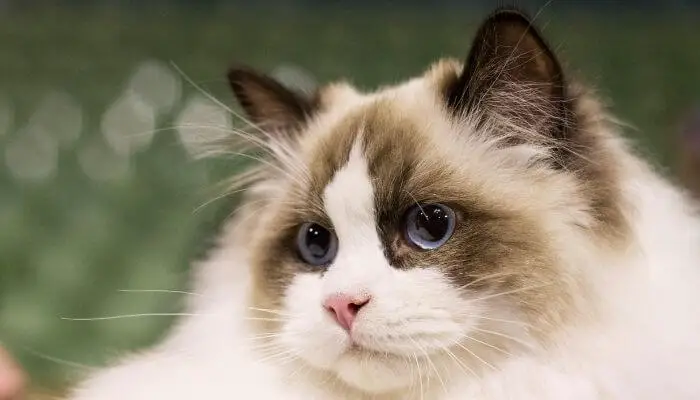
Ragdolls are excellent lap cats but they aren’t complete couch potatoes and enjoy playing games too.
As Ragdolls have a calm demeanour they don’t show much interest in scratching furniture. A good scratching post is usually enough to discourage a Ragdoll from clawing other objects.
2. Scottish Folds
Scottish Folds are curious, adventurous and easy to train. Although these cats aren’t quite as laid-back as some of the other breeds on our list they can quickly be trained on what they are allowed to scratch.
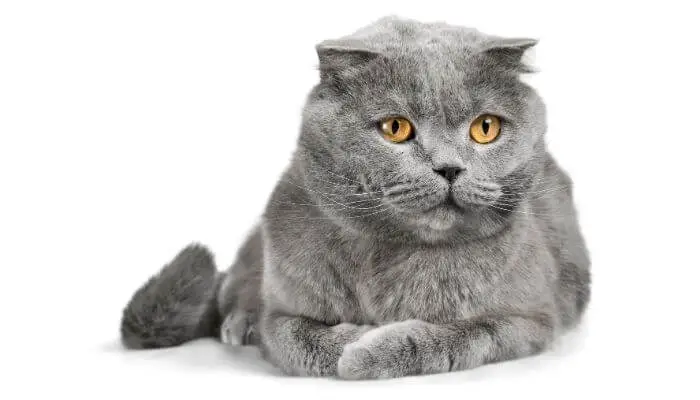
Scottish Folds respond well to positive reinforcement and they adapt well to most situations. If you are looking for an energetic cat that is lively and entertaining without being destructive, consider a Scottish Fold.
3. Maine Coon
Maine Coons are large, fun-loving, and curious. These gentle giants are loyal, affectionate and love to be around their humans.
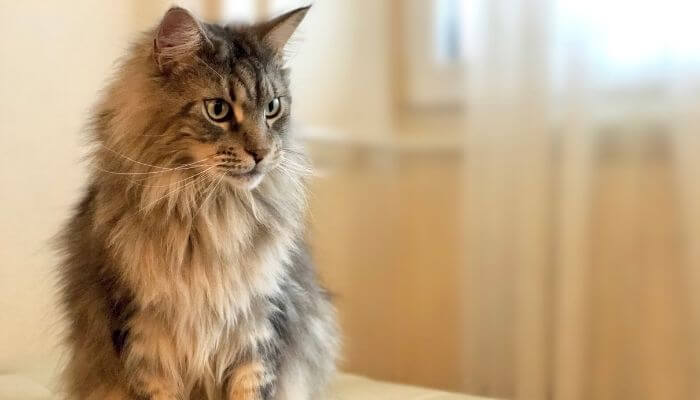
As long as Maine Coons have daily interactions, play sessions and enough exercise they are happy around the house.
It’s important to give these cats suitable places to scratch from the start otherwise they may be tempted to scratch the furniture which can become a habit that is difficult to break.
4. Persians
Persians tend to be well-behaved cats, they are cuddly, relaxed, and are often quiet.
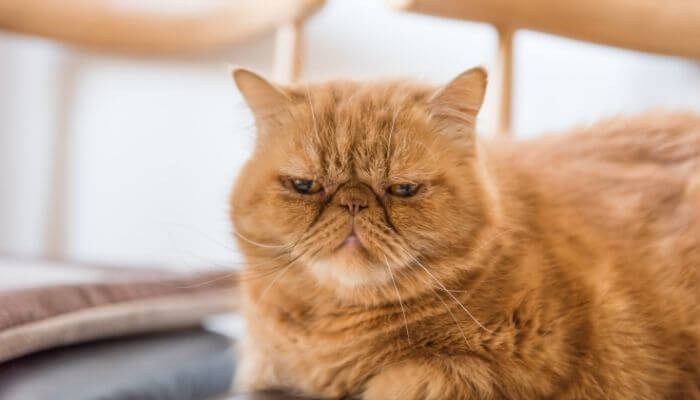
These fluffy cats love affection and enjoy curling up with their family.
As laid-back cats, Persians don’t tend to scratch furniture or do things they aren’t supposed to.
Persian cats do have spurts of energy where they will be playful and exhibit natural behaviours such as scratching.
5. Ragamuffins
Ragamuffins are calm cats that will happily fall asleep on their owner’s lap.
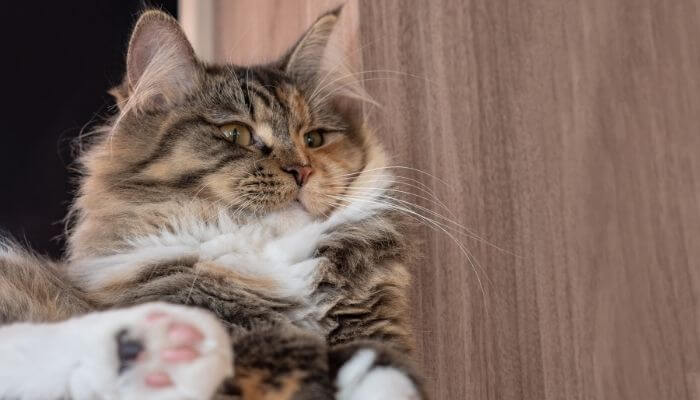
These affectionate cats are often well-mannered and affectionate.
Ragamuffins are playful so a scratching post is necessary but they will rarely scratch furniture.
Ragamuffin cats crave attention and want to be with their family all the time. If these cats are left alone for too long it can cause them to become stressed and they may be destructive.
Cat Breeds To Avoid:
The following cat breeds are known to be particularly keen scratchers, so if you are worried about your home and furniture avoid these breeds if possible:
1. Bengal Cats
Bengals have an energetic and, at times, destructive nature.
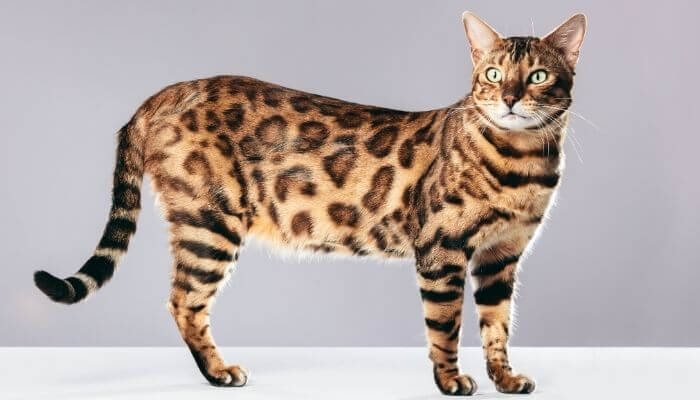
This breed does tend to have a habit of scratching furniture, something they do to stretch, exercise, and mark their territory.
Bengal cats are highly intelligent and can be taught where they should scratch.
2. Abyssinian
The Abyssinian breed is playful, mischievous and high energy.
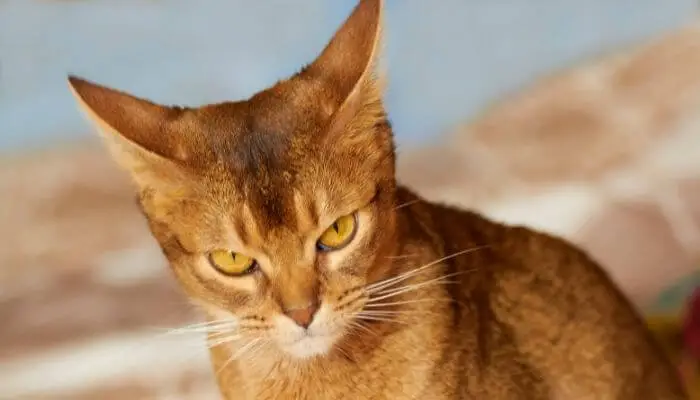
These active cats are happy to keep themselves occupied but enjoy interactive play too. Having cat trees and scratching posts helps to direct Abyssinians’ attention away from the furniture.
3. Siberian Cats
Siberians are high energy cats who love to run around and need lots of things to occupy their mind when living as indoor cats.
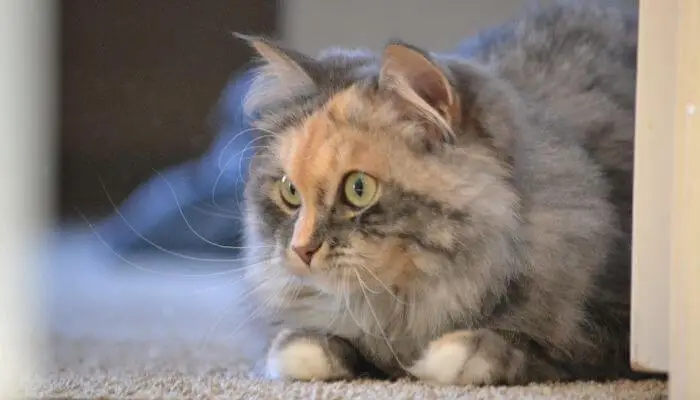
This breed has been known to scratch furniture when they are bored or anxious.
Siberian cats are not known for being destructive but you can generally expect some furniture-scratching behaviour from them.
4. Siamese
Siamese cats are very playful but can get overly excited and irritated.
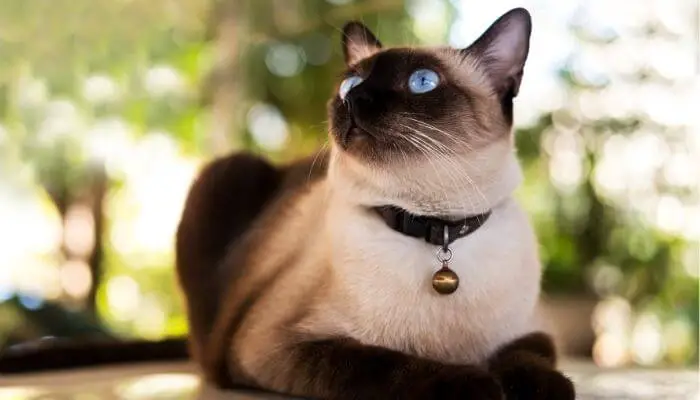
These beautiful cats can be independent and may scratch furniture and other objects when they are stretching and exercising.
Siamese cats do respond well to training and can be trained to use scratching posts.
What To Do About Excessive Furniture Scratching
If your cat has got into the habit of scratching furniture, don’t panic.
There are a few things you can do to put a stop to this behaviour.
Remember never to punish your cat, scratching is a natural behaviour and they don’t have an understanding of what is considered acceptable and unacceptable to scratch.
Cat Nail Caps
Nail caps are small plastic caps that can be glued over your cat’s nails, they offer a completely safe way to minimise the destruction of furniture.
These caps work well as they cover cats’ sharp claws without getting in the way of their ability to extend and retract their claws.
However, there are pros and cons to nail caps as cats may find them uncomfortable which can hinder their ability to play and climb normally.
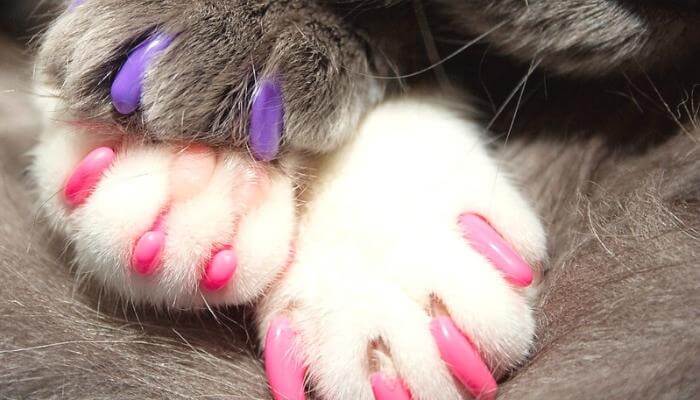
One of the downsides to using nail caps is having to apply them as they can be awkward and challenging to apply and it is important to get the sizing right for them to be most effective.
Nail caps are particularly challenging to apply if you don’t have someone else around to help you.
With that said, many cats adapt well to having these caps on their nails, but they shouldn’t be used on outdoor cats.
If you are struggling with excessive furniture scratching, these caps are a good low-cost option and the caps last for around a month before they need to be replaced.
Declawing
Declawing is a surgical procedure that involves removing part of a cat’s bones that are attached to their claws in order to stop the claws from growing.
This is a painful, distressing, and cruel procedure, declawing cats is considered torture and is illegal in the UK and many other countries.
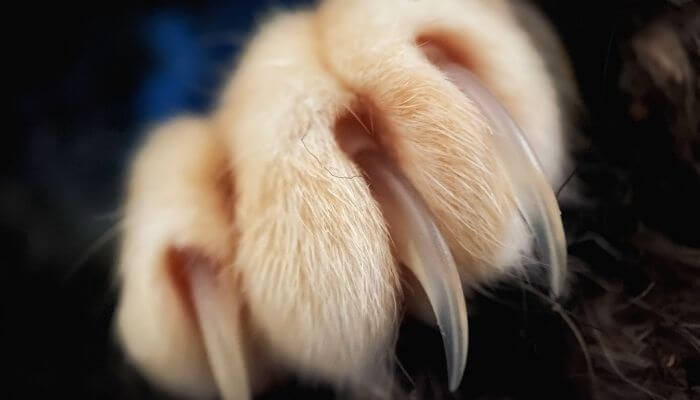
Even in countries where declawing is legal, the practice is incredibly cruel and should not be undertaken.
When cats are declawed it severely impacts their well-being and behaviour.
Many cats have trouble balancing and carrying out their day-to-day activities after they have been declawed.
There are so many issues with declawing cats, we strongly advise against it.
There are many alternative options, including the ones on this list, that will help stop scratching without harming your cat.
Using Distractions
Placing distractions such as scratching posts in the house is a great way to redirect your cat’s attention away from the furniture.
Scratching posts will give your cat somewhere safe and acceptable to scratch.
Choose good quality scratching posts that are tall and can support your cat, this allows them to stretch and work all of their muscles.
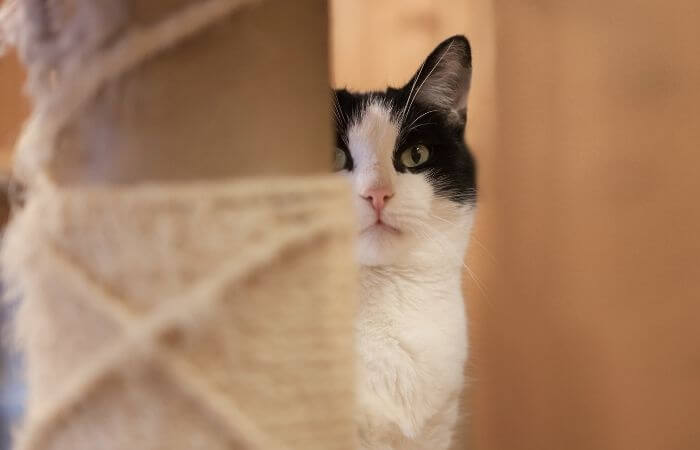
We also recommend having more than one scratching post in the house.
Place the scratching posts strategically near the furniture and items your cat already scratches as well as near their favourite sleeping spots.
Use scents such as catnip to help attract them to use the scratching post.
If your cat has a tendency to scratch your carpets, try covering the area while you are stopping the habit and use toys to help redirect their attention.
Clean Scratched Areas Thoroughly
If your cat is scratching furniture again and again it’s important you clean the area thoroughly to remove any scent marks your cat has left there.
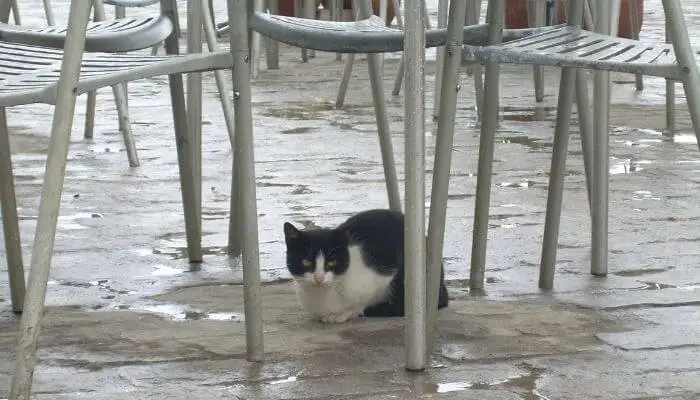
Removing the scent will stop your cat from continuously returning to the spot to remark it.
Once the area is clean, consider protecting it with thick plastic sheeting to deter your cat next time they go to the area.
Once your cat is consistently using a scratching post you can remove the protective covering from the furniture.
Choose Durable Furniture
While cats can scratch any furniture, the furniture fabric can be a contributing factor.
Fabrics that snag easily such as tweed, wool, silk, linen and velvet tend to be more popular targets for scratching than stronger fabrics such as leather and suede.
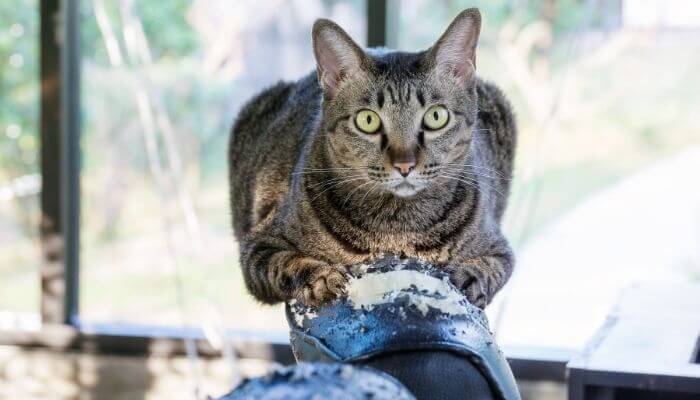
When buying new furniture, consider choosing options that are made from strong, durable materials.
These materials don’t seem to interest cats as much as more delicate materials.
Explore The Cause Of Your Cat’s Behaviour
In some cases, excessive furniture scratching is an anxiety-related behaviour.
If you can figure out what is triggering your cat’s anxiety and stress you will be able to help put a stop to the furniture-scratching.
An anxious cat will often exhibit other behavioural changes so keep an eye out for these. Determining the cause of your cat’s stress and anxiety may involve consulting a vet or behaviour specialist.

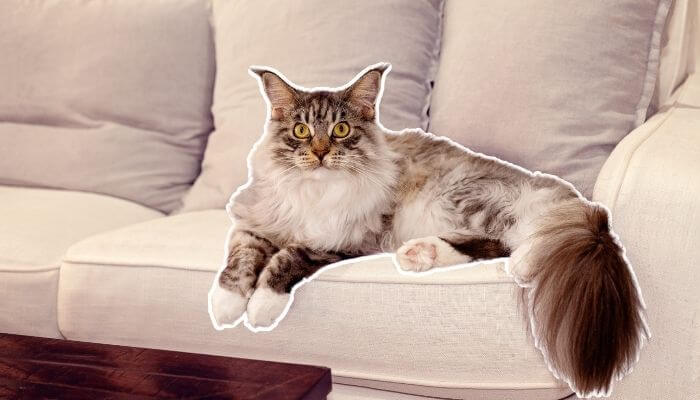

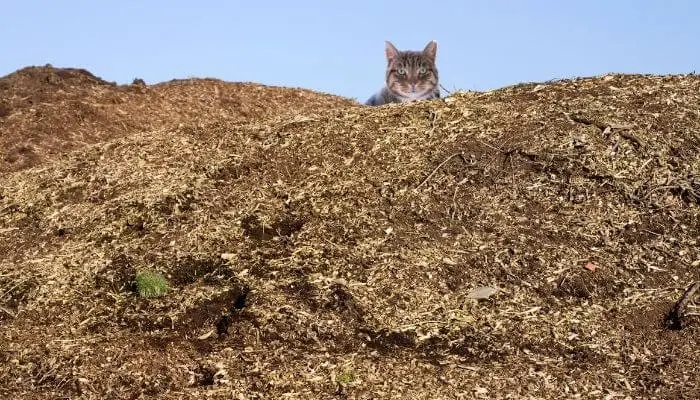
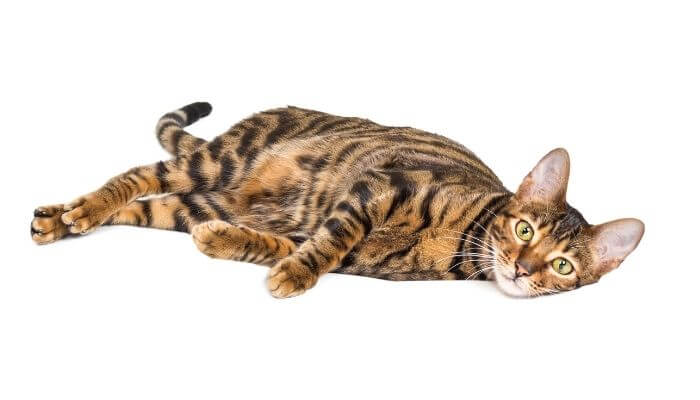

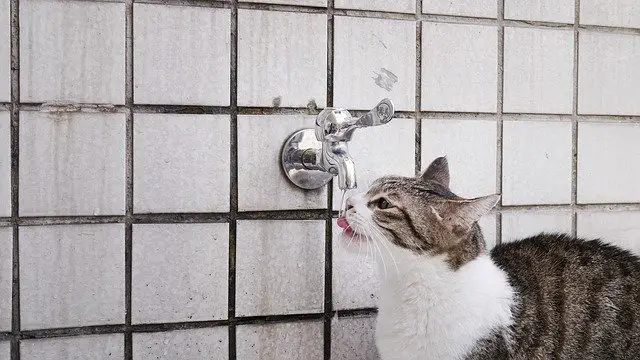
Leave a Comment